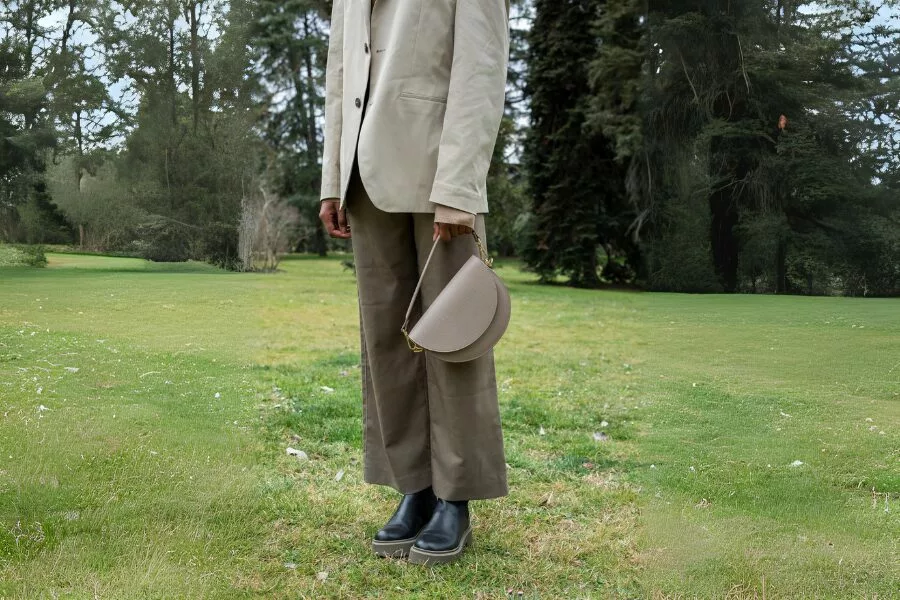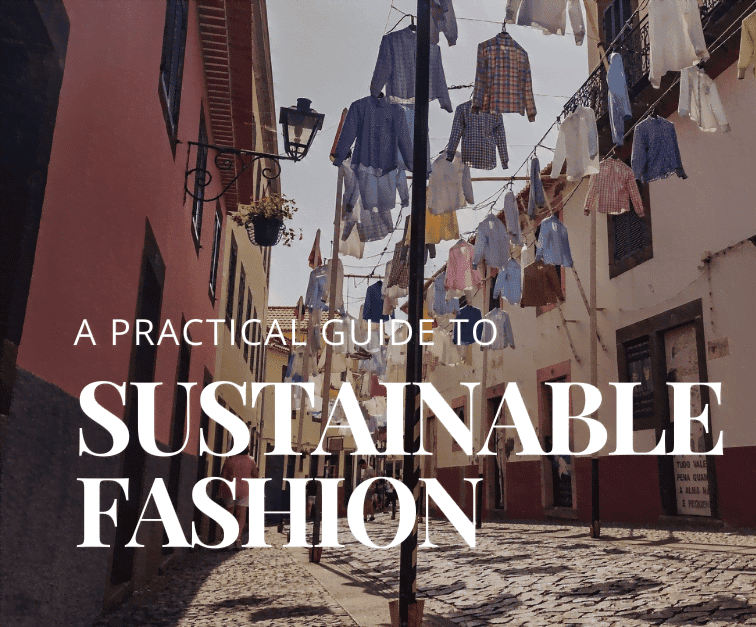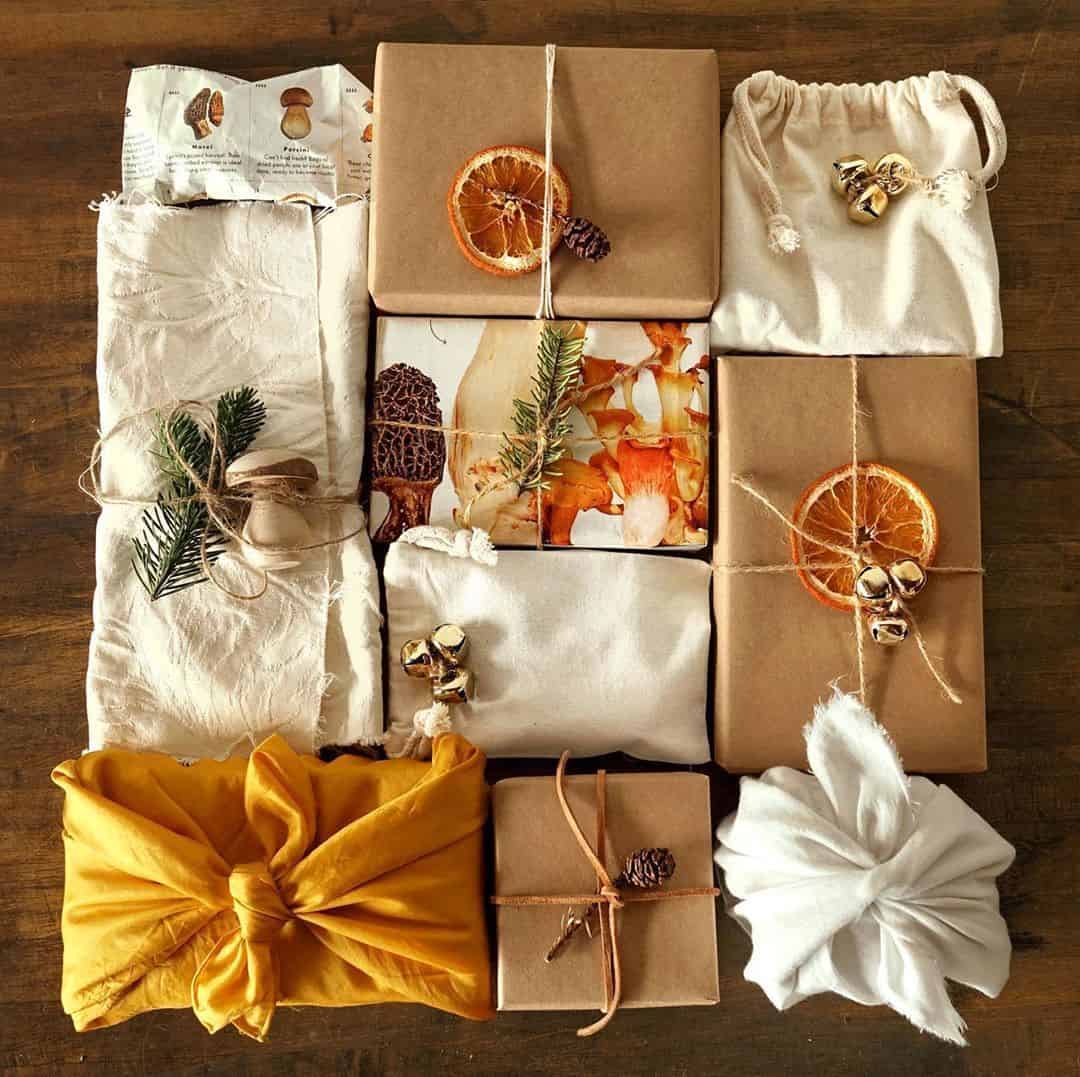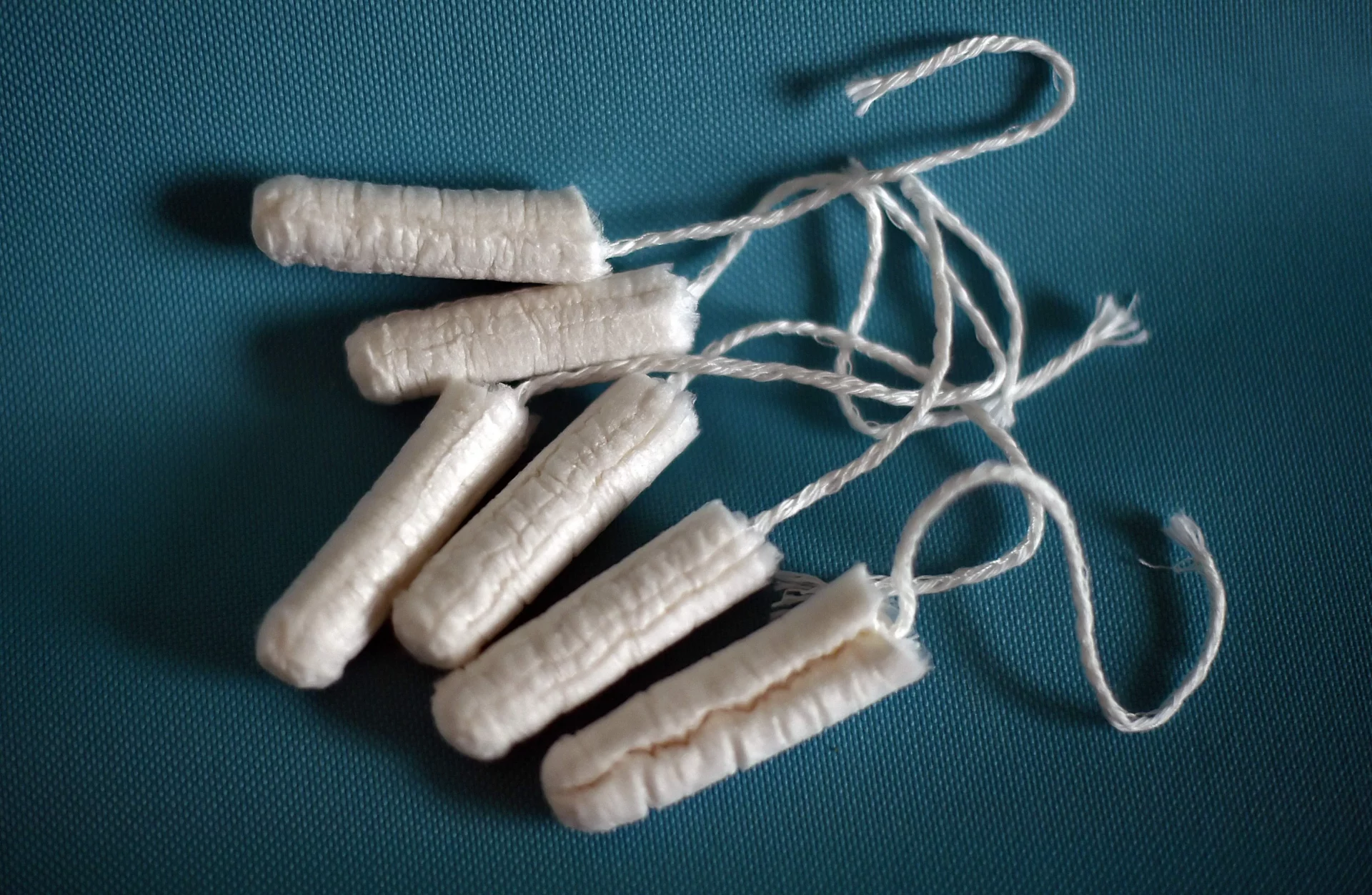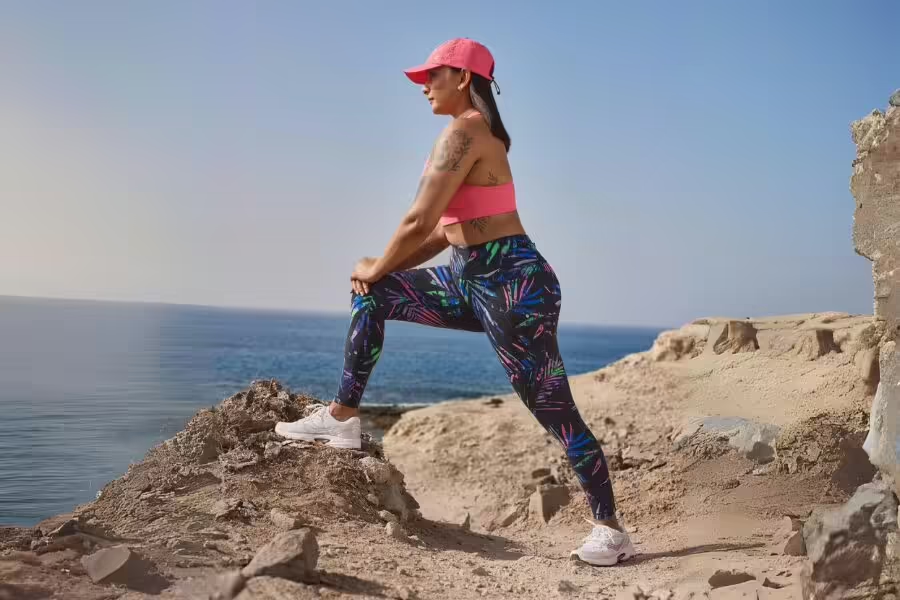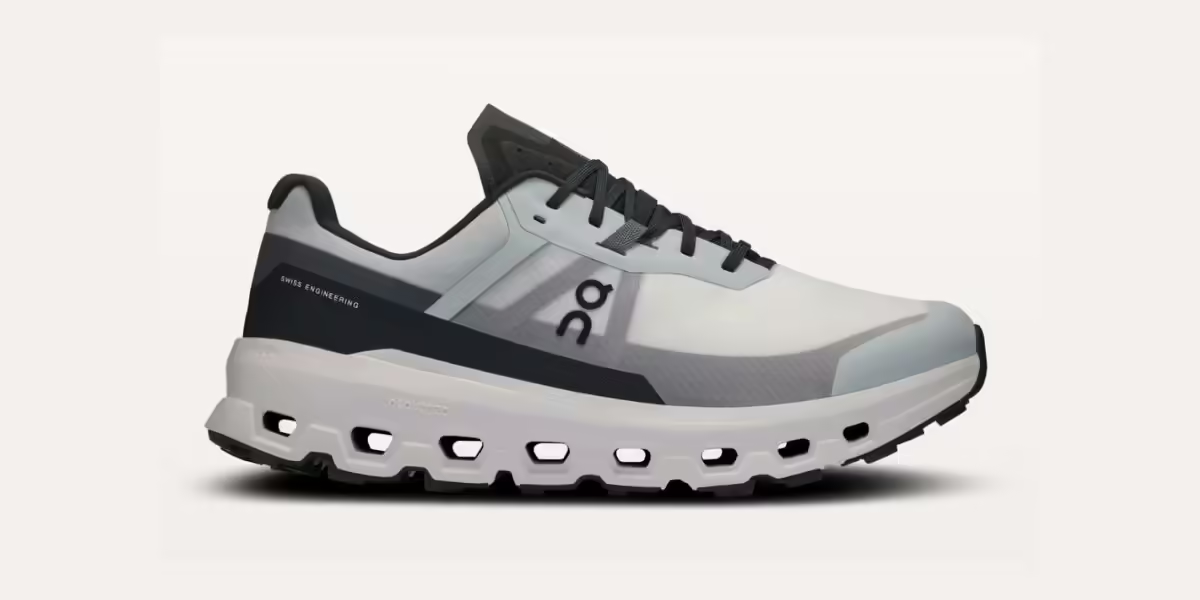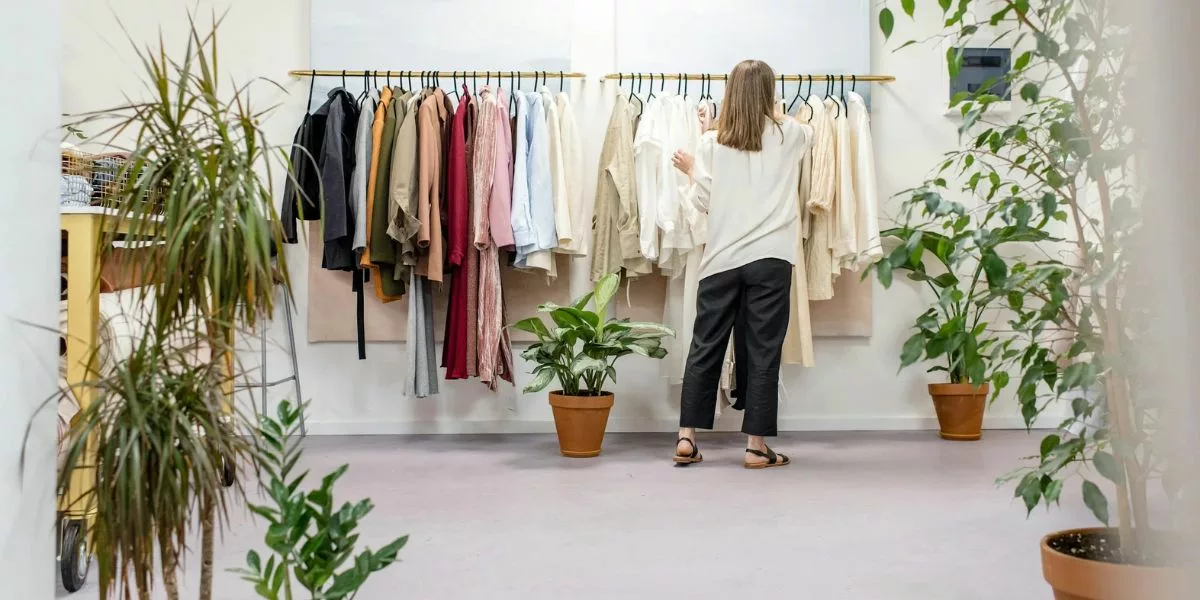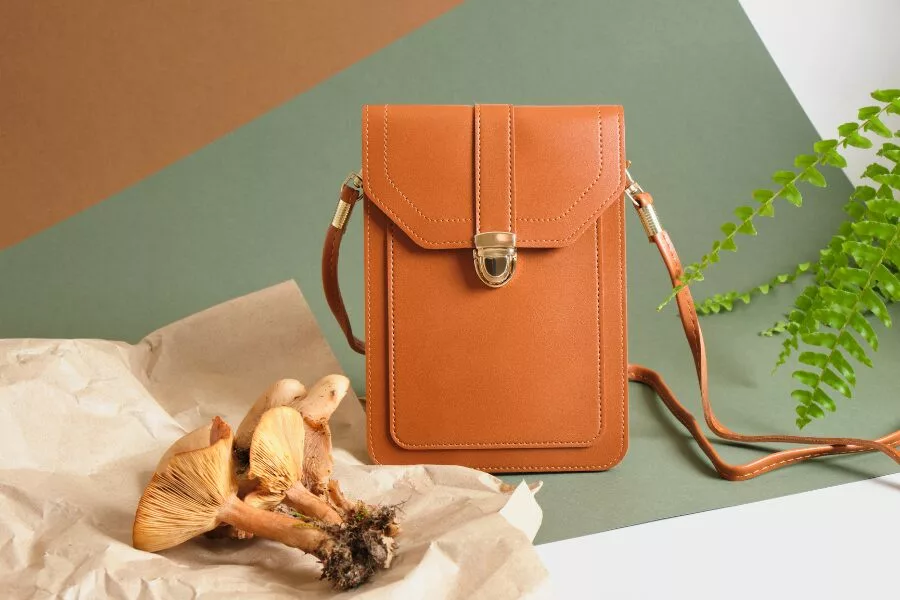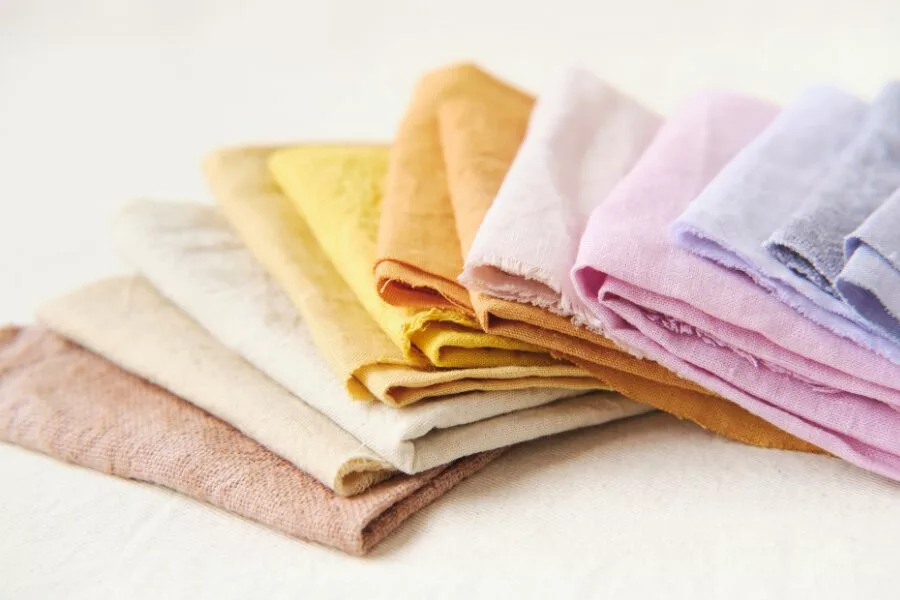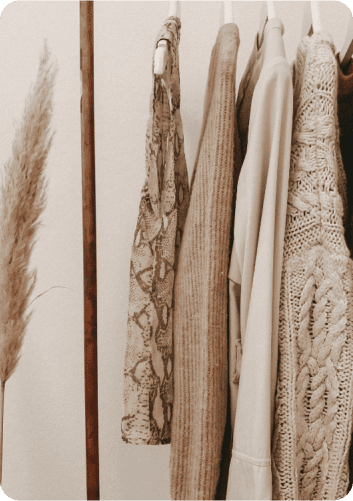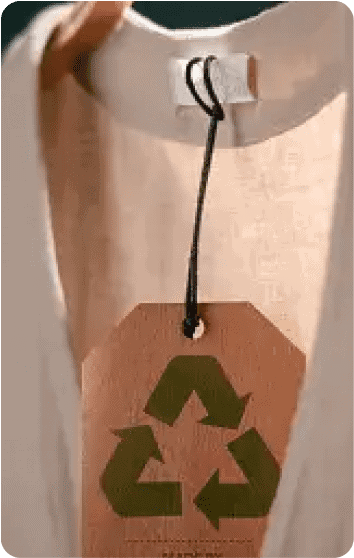Last Updated on September 28, 2024 by Our Editors
Think slow fashion means breaking the bank? Think again! If you believe sustainable fashion comes with a hefty price tag, or that you’d have to ditch your style dreams for the sake of sustainability, you’re not alone. Many people shy away from slow fashion, thinking it’s only for those with deep pockets or that it lacks the trendy pieces fast fashion offers. But guess what? That’s a myth we’re here to bust.
Unlock Your Savings with Exclusive Offer Coupons
Save big while shopping for sustainable products! Grab your exclusive coupons today!

Slow fashion isn’t just for eco-warriors with endless budgets; it’s for everyone. Whether you’re obsessed with Christmas outfit ideas or building a dreamy, personal wardrobe, slow fashion can fit right into your life — and your wallet. In this guide, we’ll show you how to embrace slow fashion without sacrificing your style or savings.
What is Slow Fashion? (And Why it Matters)
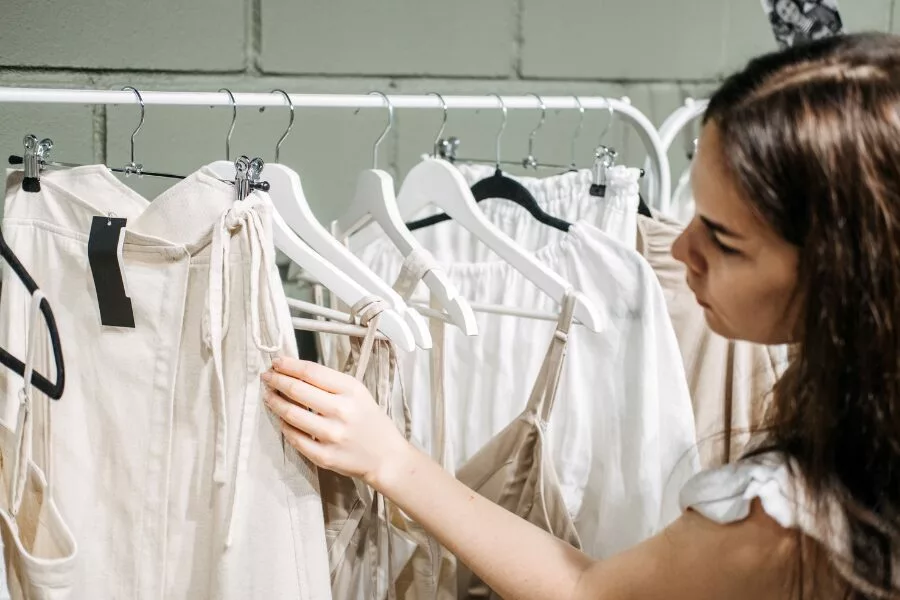
Slow fashion is more than a trend – it’s a lifestyle shift. At its core, slow fashion is all about quality, sustainability, and intentional choices. Think of it as the antithesis of fast fashion. While fast fashion focuses on speed and volume, churning out clothes at breakneck pace (only for them to go out of style after one season), slow fashion is all about thoughtful, lasting garments.
So, what exactly makes slow fashion ‘slow’?
- Quality over quantity: Slow fashion brands prioritize well-made, durable clothes. These are pieces you’ll wear for years, not just a season.
- Local production: Manufacturing often happens on a smaller scale, with local producers who are paid fairly and work in safe conditions.
- Eco-friendly materials: Sustainability is key. Slow fashion examples rely on organic, recycled, or upcycled fabrics to reduce its environmental footprint.
In short, slow fashion is about conscious consumption. Every piece is designed to last, ethically produced, and created with the environment in mind. The best part? Anyone can embrace it, no matter their budget or style preferences.
How Slow Fashion Differs from Other Fashion Movements
Feeling overwhelmed by buzzwords like “ethical fashion,” “eco-fashion,” and “sustainable fashion”? Don’t worry, you’re not alone. The fashion world is full of terms that sound similar but have different focuses, like slow fashion synonyms, and it can be tricky to understand how they all fit together. But here’s the good news: slow fashion actually brings together the best of each of these movements, creating a comprehensive, thoughtful approach to how we wear and consume clothes.
Let’s break it down and clarify the differences:
Ethical Fashion
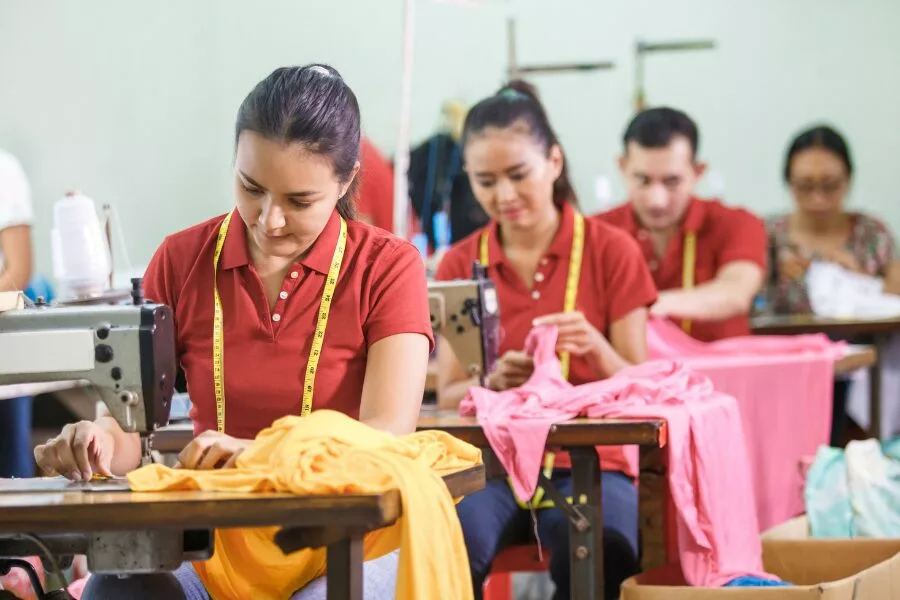
When we talk about ethical fashion, we’re focusing on the human side of fashion — the people who make your clothes. This movement shines a spotlight on fair treatment, ensuring that garment workers are paid fair wages, provided with safe working conditions, and treated with dignity and respect. It aims to end the exploitation that is all too common in fast fashion, where low-cost production often means cutting corners on labor rights.
Ethical fashion brands prioritize:
- Fair wages: Ensuring workers are paid enough to support themselves and their families.
- Safe working conditions: Factories that provide healthy, secure environments.
- Worker empowerment: Supporting communities by offering long-term employment and education opportunities.
By choosing ethical fashion, you’re ensuring your clothes are made by people who are treated fairly, rather than workers in sweatshops or dangerous factories.
Eco-Fashion
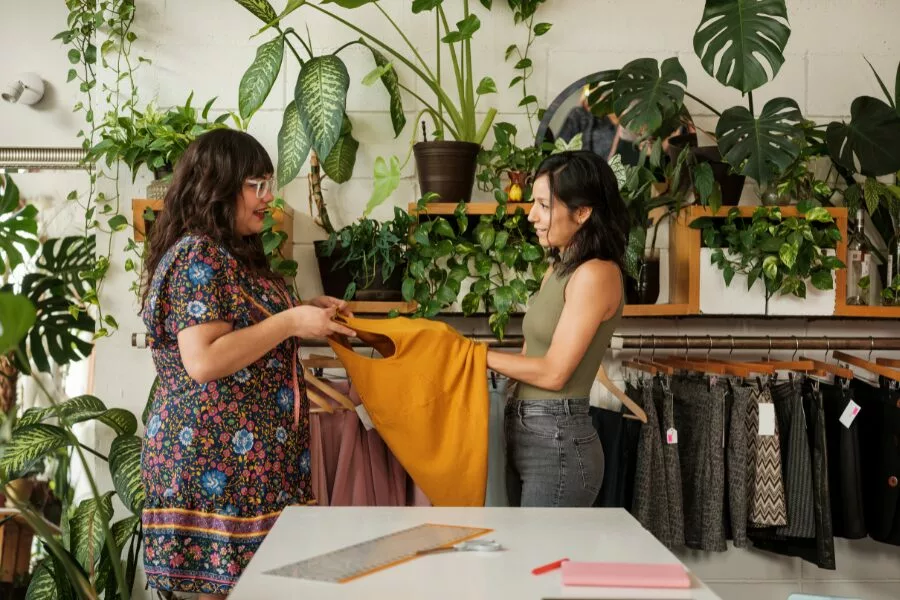
Eco-fashion is all about minimizing environmental impact. This movement aims to reduce the fashion industry’s heavy toll on the planet by focusing on sustainable practices and materials, making it one of the many benefits of slow fashion. The conventional fashion industry is one of the world’s largest polluters, from its excessive water consumption to toxic dyes and synthetic fabrics that harm the environment.
Eco-fashion brands emphasize:
- Eco-friendly materials: Using organic cotton, linen, hemp, and other natural fibers that don’t rely on harmful pesticides or chemicals.
- Recycled or upcycled fabrics: Repurposing materials to reduce waste and prevent fabrics from ending up in landfills.
- Reduced water and energy consumption: Implementing manufacturing processes that conserve resources and lower carbon footprints.
By opting for eco-fashion, you’re helping to reduce fashion’s environmental impact — a small step with significant effects for the health of our planet.
Lasting Fashion
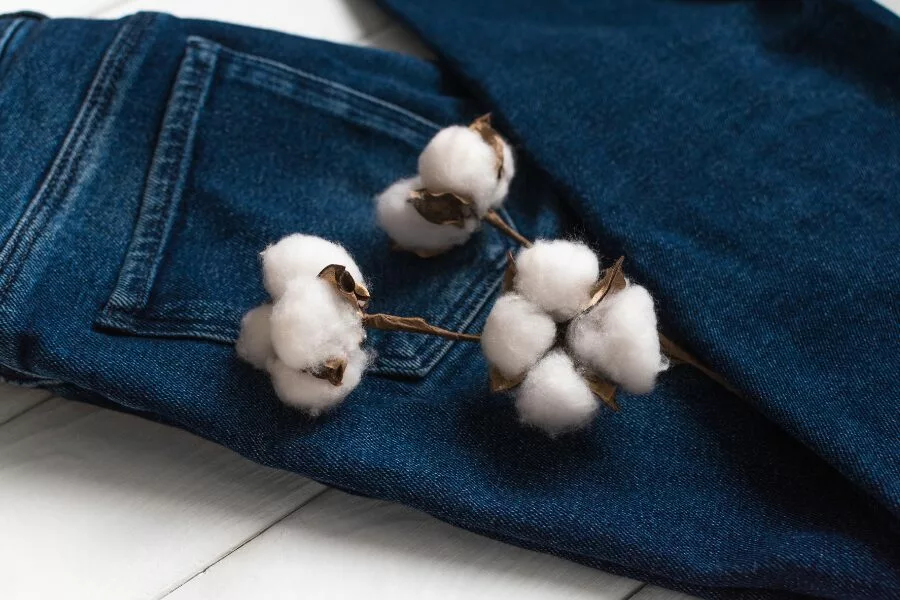
As the name suggests, lasting fashion is all about durability and longevity. This movement values well-made clothes that stand the test of time, both in terms of style and quality. Rather than focusing on seasonal trends that go out of fashion after a few months, lasting fashion encourages investment in versatile, timeless pieces that can be worn year after year.
Core principles of lasting fashion include:
- High-quality craftsmanship: Creating clothes designed to last, with strong seams, sturdy fabrics, and attention to detail.
- Timeless design: Producing styles that don’t go out of fashion after one season, making them versatile wardrobe staples.
- Care and repair: Encouraging consumers to mend and maintain their clothes instead of discarding them at the first sign of wear and tear.
Choosing lasting fashion means investing in pieces that won’t fall apart after a few washes, reducing the need to constantly replace worn-out clothes.
Can You Afford Slow Fashion? Absolutely! Here’s How
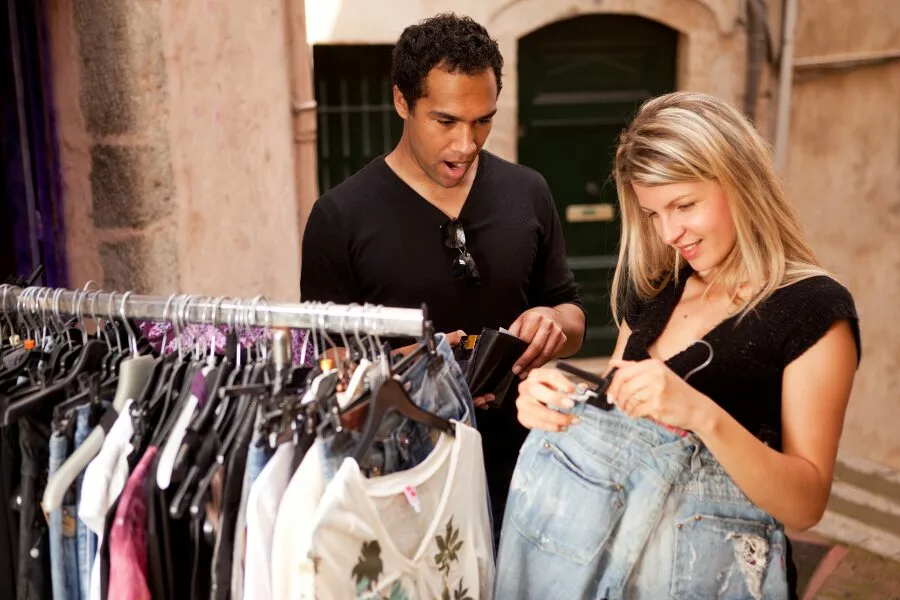
Let’s get real. If you think slow fashion is too expensive, you’re not alone in that thought. After all, isn’t “sustainable” just another word for “expensive”? Spoiler alert: It’s not. Slow fashion isn’t about where you shop, but how you shop. And with a little know-how, you can make slow fashion clothing fit comfortably into your lifestyle — without burning a hole in your wallet.
Here’s how you can get started:
- Avoid Temptation: Those constant SALE notifications on your phone? They’re designed to get you spending, even when you don’t need anything. Turn them off. Out of sight, out of mind. When you’re not bombarded with “limited-time” offers, you’ll shop more intentionally.
- Embrace Your Personal Style: What colors do you love? What cuts flatter you? Understanding your own style will stop you from making impulsive, regrettable purchases. Instead of buying items just because they’re trendy, build a wardrobe around what works for you.
- Use the 30-Day Wish List Rule: Add items you’re interested in to a wish list, then give yourself 30 days before making a final decision. If you still want the item after the waiting period, go ahead and buy it. You’ll be surprised how often the initial desire fades!
How to Build a Conscious Closet (Without Spending a Fortune)
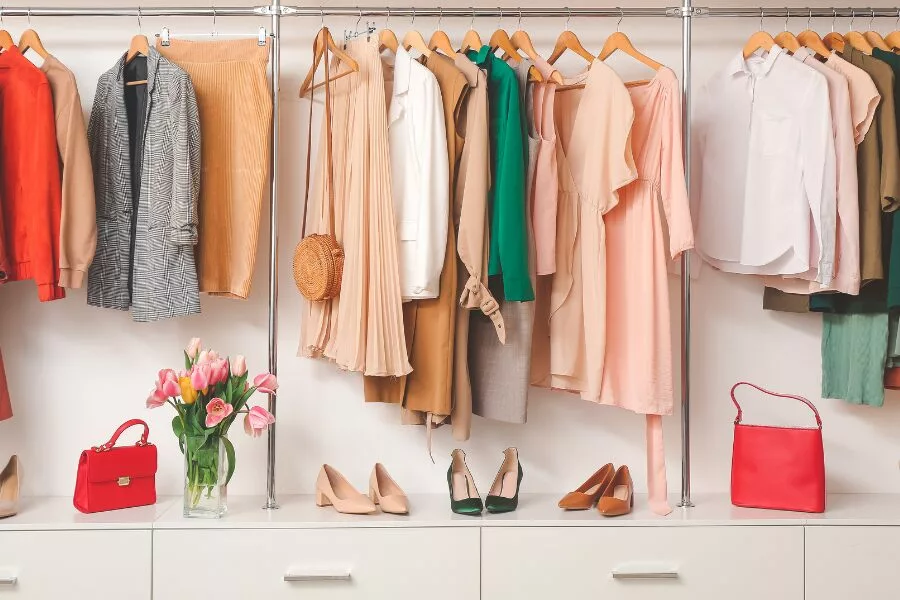
You don’t have to buy anything to start embracing slow fashion. Seriously! The first step is to maximize what you already have by creating a wardrobe that reflects your personal style and serves your everyday needs. Here’s how to get started without spending a penny:
- Rediscover Your Wardrobe: Dig deep into your closet. Chances are, you have forgotten gems hiding in the back. Try mixing and matching pieces you’ve never paired before. New outfits without new purchases? Yes, please.
- Use Pinterest for Inspiration: If you’re struggling with how to style certain items, Pinterest is your secret weapon. Search for outfit ideas based on what you already own, and you’ll be amazed at the fresh combinations you can create.
- Care for What You Own: Giving your clothes some TLC (tender loving care) goes a long way. Mend small holes, sew on loose buttons, and follow the washing instructions to make sure your favorite pieces last longer. A little effort can save you from buying replacements.
When You Do Need to Buy: Where to Shop Slow Fashion on a Budget
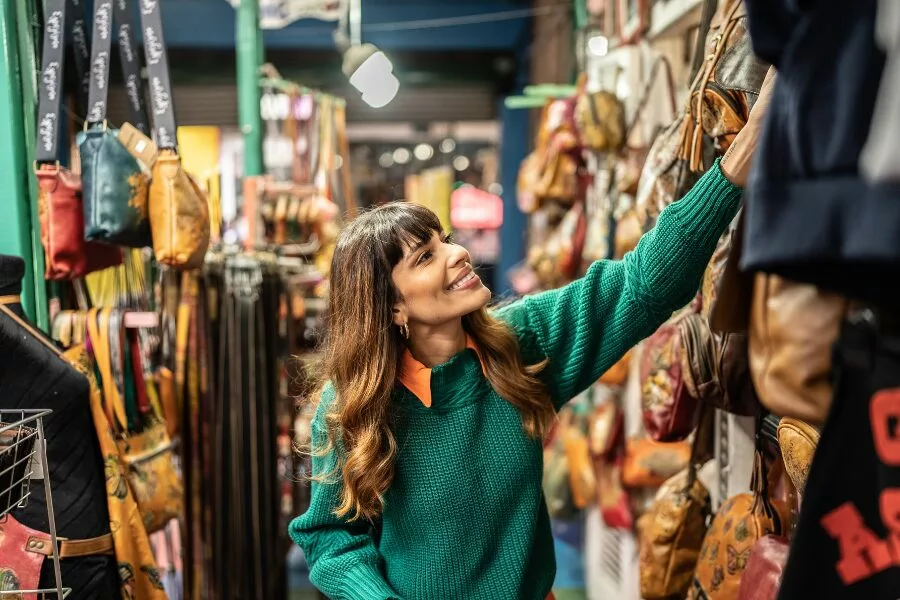
Let’s face it, sometimes you do need something new. Whether it’s an outfit for a job interview or a pair of shoes for a special occasion, buying new is inevitable. But that doesn’t mean you need to abandon your slow fashion principles. Here’s how to shop slow and smart, even when your budget is tight:
- Thrift and Pre-Owned: Thrift stores are your new best friend. Not only can you find high-quality, unique pieces, but thrifting is one of the most sustainable ways to shop. Plus, it’s much cheaper than buying new. Win-win.
- Support Local Brands: Local boutiques often offer handmade, affordable pieces that support small businesses and artisans. You get to buy something new while contributing to your local economy and reducing the carbon footprint of your purchase.
- Shop Smart: Before you buy, ask yourself one key question: “Does this match at least three items I already own?” If the answer is yes, go ahead. If not, it might not be a wise purchase. By ensuring your new items complement your existing wardrobe, you’ll get much more wear out of them.
Slow Fashion vs Fast Fashion: The Real Costs
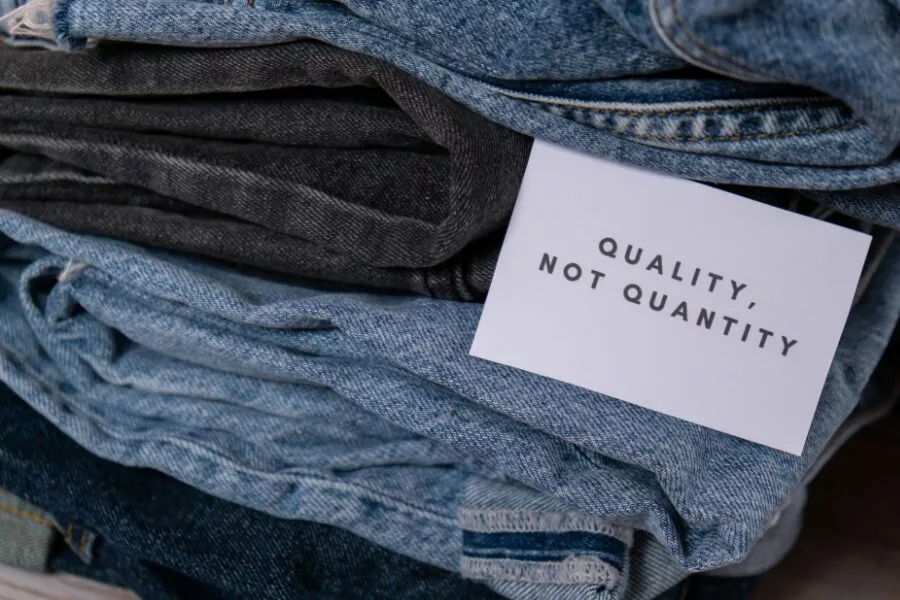
Let’s break it down. Fast fashion may seem like the easier, cheaper option, but in the long run, it costs you more – and not just financially. Fast fashion is notorious for cheap, trendy, and disposable clothes that wear out after a few washes. Its low price tag hides a world of waste, both environmental and human.
On the flip side, slow fashion is all about thoughtful, timeless, and lasting pieces. Yes, slow fashion examples might be more expensive upfront, but it’s an investment. It lasts longer, looks better, and is produced ethically. Which option really aligns with your values?
Let’s Be Real: You Can’t Always Avoid Fast Fashion – And That’s Okay
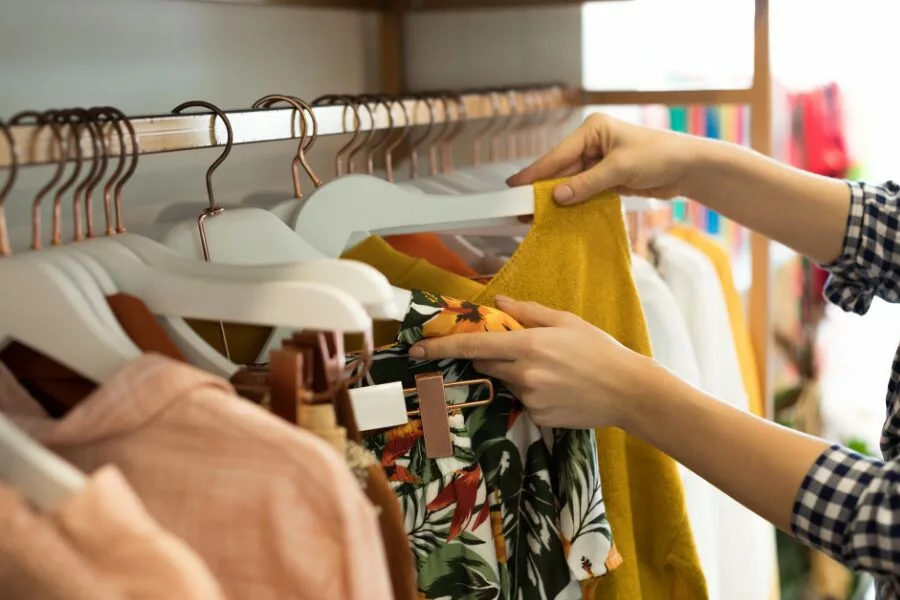
We get it. Sometimes, fast fashion is unavoidable. Maybe you need an affordable suit for a job interview, or a last-minute dress for an event. And that’s okay. Slow fashion isn’t about perfection; it’s about progress.
What matters is that you’re making thoughtful choices where you can. If you have to buy fast fashion, focus on wearing those pieces as much as possible and making them last. It’s not about guilt; it’s about awareness. Every small step counts in this journey.
Sustainability With Ecowiser
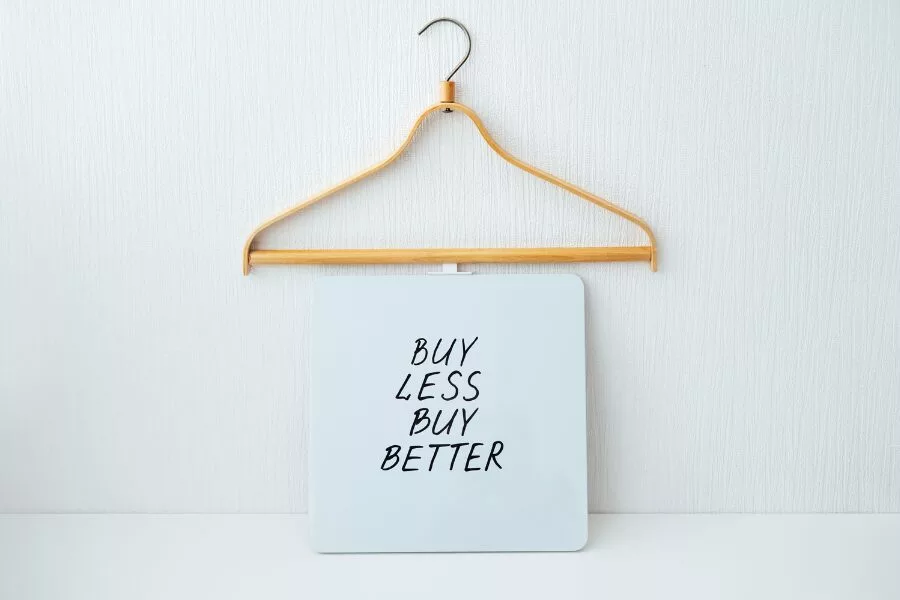
At Ecowiser, we believe that sustainability isn’t just a trend, it’s a lifestyle that prioritizes the well-being of the Earth through everyday decisions.
By offering eco-friendly products, advocating for mindful consumption, and partnering with brands that are committed to ethical practices, Ecowiser empowers individuals to reduce their environmental footprint without sacrificing quality or style. From sustainable fashion to zero-waste living solutions, we aim to make sustainability accessible, practical, and impactful for everyone.
Conclusion: Slow and Steady Wins the Race
Slow fashion is for everyone. You don’t need to be perfect, rich, or an expert in sustainability. You just need to be mindful. By making small, intentional choices, you can build a wardrobe you love, save money, and help the planet along the way.
Ready to slow down your fashion choices? Start today and reap the benefits of slow fashion. Turn off the sales notifications. Rediscover your closet. And next time you need to buy something, choose slow fashion, one thoughtful purchase at a time.
Stay stylish and sustainable!
Subscribe for exclusive fashion tips and a free guide to eco-friendly apparel.
Frequently Asked Questions
What is slow fashion?
Slow fashion is about making intentional, mindful choices when it comes to clothing. It focuses on quality over quantity, using eco-friendly materials, fair labor practices, and creating pieces that are built to last. Unlike fast fashion, which emphasizes rapid production and disposable trends, slow fashion encourages longevity and conscious consumption.
Which is more expensive: slow fashion vs fast fashion?
Not necessarily! While some slow fashion brands may have higher price points due to ethical practices, you don’t have to spend more to embrace slow fashion synonyms. Thrift shopping, buying secondhand, and simply wearing what you already own are budget-friendly ways to incorporate slow fashion clothing into your lifestyle.
How can I start practicing slow fashion if I can’t afford to buy new clothes?
You can begin without buying anything! Start by revisiting your existing wardrobe, mending clothes, and styling items in fresh ways. Consider using Pinterest for outfit inspiration or exploring second hand stores and local thrift shops for affordable, sustainable finds.
Is it okay to buy from fast fashion brands sometimes?
Yes, it’s okay! Life can make it difficult to avoid fast fashion entirely, and that’s fine. The key is to be mindful of your purchases – buy items that will last, take good care of them, and wear them often. Slow fashion is about participation, not perfection.
What are some quick ways to shop more sustainably?
Start by reducing impulse purchases – try waiting 30 days before buying something new. Shop secondhand, support local artisans, and when you do buy new, make sure the item can mix and match with at least three things you already own.

